Related
Summary
The artistic style ofPeanutsis straightaway recognisable to most contemporary reader , but the cosmopolitan conversant with Charles Schulz ' iconic cartoon overcloud the fact that when it first enter publishing – nearly three - quarters of a century ago – the artist was in fact taking some famed creative hazard by drawing , as one expert described them , " those piddling Kid , with their mammoth head . "
appear on C2E2 ’s " Four Perfect Panels : Fans ofPeanutsand Charles Schulz " panel , comical historiographer Gene Kannenberg , Jr. and scholar Ivan Brunetti speak about the innovative scene ofSchulz ' early piece of work onPeanuts . This admit a discussion about the aesthetic of the artist ’s work , which both Kannenberg and Brunetti nominate actually represent an experimental approach at the fourth dimension .
debut in 1950,Peanutscultivated its popular prestige by serving up a particular style of sense of humor that audience respond to – and though it may seem surprising , Charles Schulz ' illustration style was initially a somewhat strange method for bear that temper .
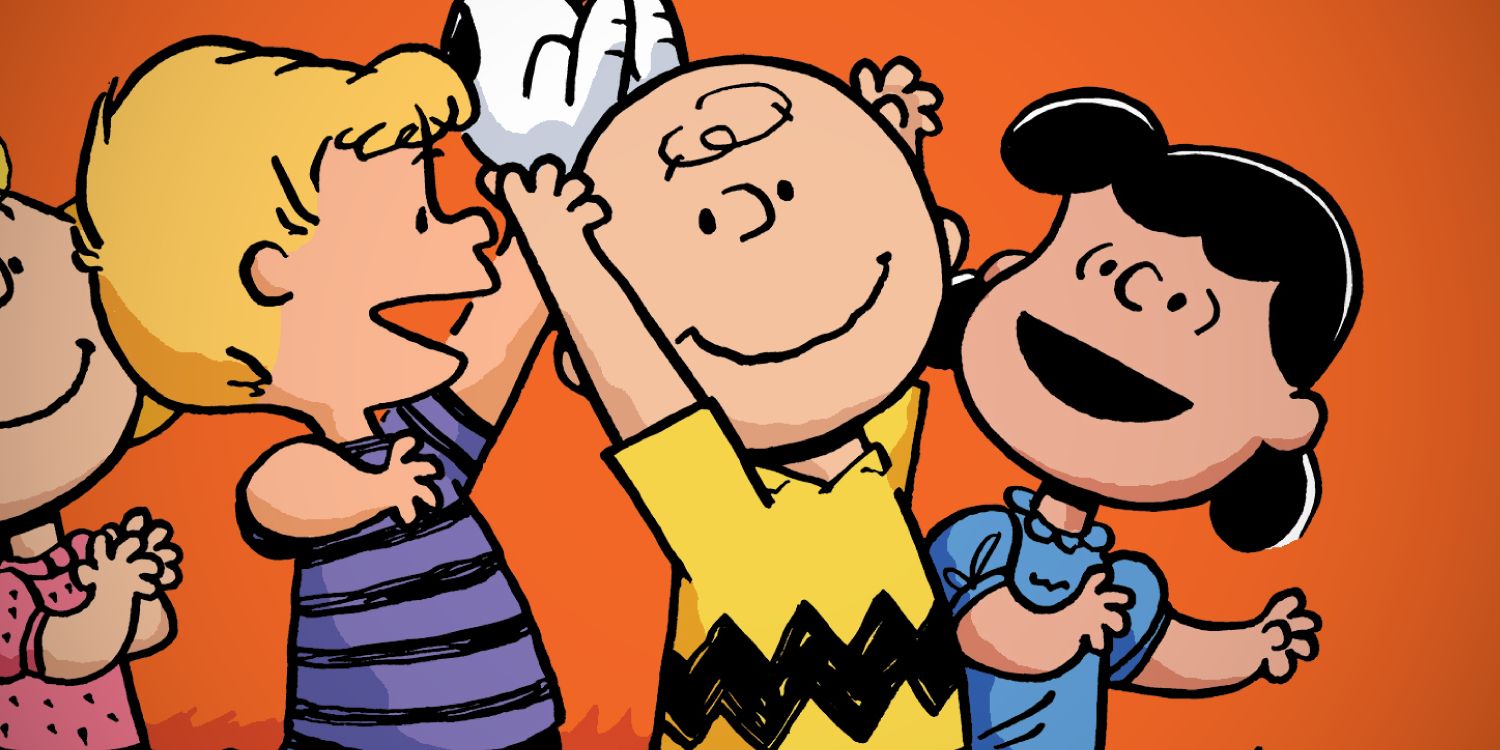
Gene Kannenberg , Jr. is Maker of the recently released " Here fall Charlie Brown ! APeanutsPop - Up " showing . Ivan Brunetti is the generator of “ ThePeanutPapers , ” a collecting of essay about the story and cultural shock of Charles Schulz ' iconic , long - running cartoon .
Of all the legendary Peanuts daily comic airstrip in the macrocosm , a few stand above the rest as particularly cunning , funny , or otherwise memorable .
Peanuts' Art Was More Avant-Garde Than It Appears In Retrospect
Charles Schulz' Experimentalism
The caricature - fashion drawings that went on to specify Charles Schulz ' work – " those small kid , with their mammoth head " – commence as an esthetic gamble , though one that ultimately paid off stunningly .
Peanutsis a cultural touchstone – but rather than something to be have for granted , how it became the fix newspaper comic strip of its generation is among the most fascinating aspects of its history . It may be difficult , but it is deserving it for reader to think themselves alternate through an antiquated newspaper , discover the funny pages , and come across aPeanutsstrip for the very first time . As part of their wider geographic expedition ofCharles Schulz ' last appeal , during their C2E2 panel , Gene Kannenberg , Jr. and Ivan Brunetti believe how the cartoon would have been perceived at the time of its debut .
concord to Brunetti :
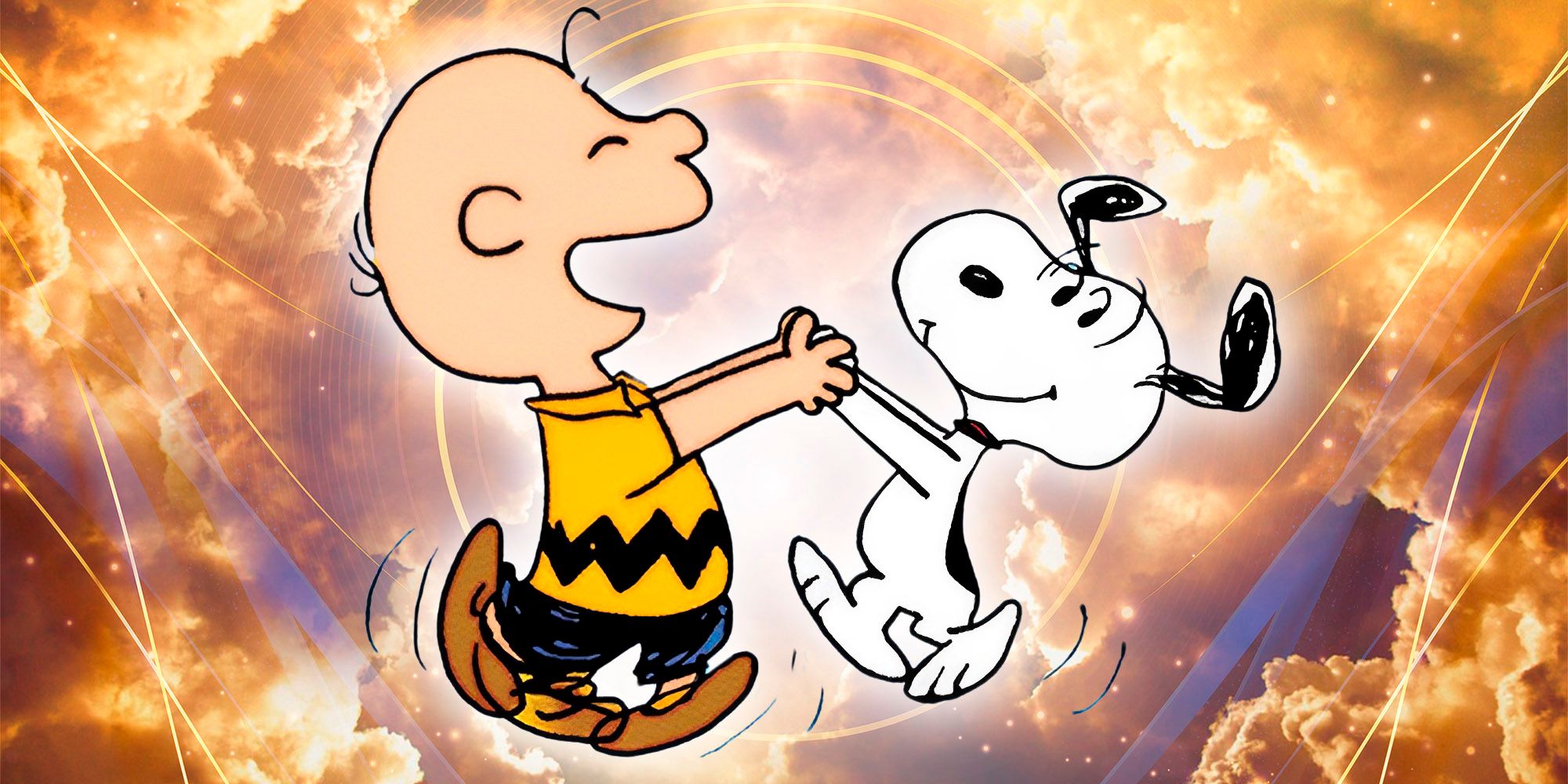
multitude block how revolutionary [ Peanuts ] was at the time . All of Schulz ’s ideas , these were not guaranteed to be ‘ winner ’ idea … I think everyone just accept , ‘ Yeah , that sense right . ’ And you forget that at one point , that was really an data-based approaching . And a wild attack .
“ Yeah . Peanuts looked like nothing else at the time , " Kannenberg agreed , noting that the caricature - style drawings that went on to define Charles Schulz ' work – " those little kids , with their gigantic heads " – began as an aesthetic gamble , though one that ultimately paid off spectacularly . By being visually experimental , Schulz ' created a unique esthetic , one that support out from everything else invade newspaper comic sections . Though on the button how bluff of a " wild approach " this was at the act of the 20th century has been fall behind to prison term , contemplating it adds a valuable dimension of context toPeanuts’success .
HadPeanutsnot appealed to readers forthwith , and systematically – in both its approach to humour , and its visual style – the flight of 20th C popular prowess might have turned out very different . Charles Schulz ' influence as a commercial-grade creator can not be understated , and while his work might have eventually become synonymous with " good , " that was a reputation that actually had to be earned by taking chances . Despite being far from what most masses would classify as " avant - garde " art , necessitate chances was without a doubt vital toPeanuts’popularity .
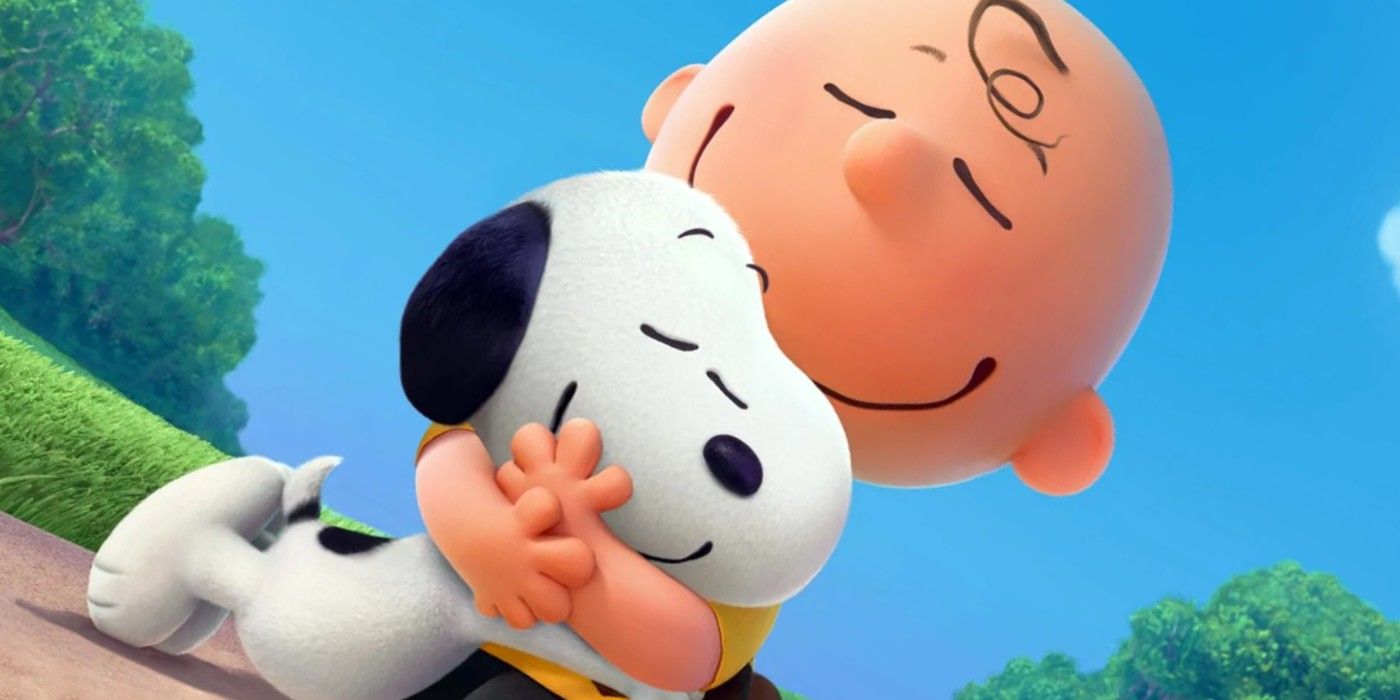
Peanuts' Long-Term Success Makes Its Style Feel Familiar, Rather Than Innovative
How A Classic Becomes A Classic
While not every subsequent comic illustrator draw mass the way Charles Schulz did , they can all be say to have been influenced by his employment in some way , soma , or manikin .
During their " Four Perfect Panels : Fans ofPeanutsand Charles Schulz " panel , Gene Kannenberg , Jr. and Ivan Brunetti gibe that Schulz was a creative innovator , with this aspect of his life history being somewhat fall back amid his decades of success . That say , it deserves to bepart ofPeanuts’enduring legacyjust how much of a gamechanger the strip was when it debut – own an open effect not just on the newspaper risible medium , but on American culture as a whole .
In his piece of writing on the subject ofPeanuts , scholar Ivan Brunetti has repeatedlyreferred to Charles Schulz as " the [ Marlon ] Brando of funnies , " precisely because of the way Schulz ' work changed comics , in parallel to how Brando overturn film actingin the same era . As Brunetti explained :
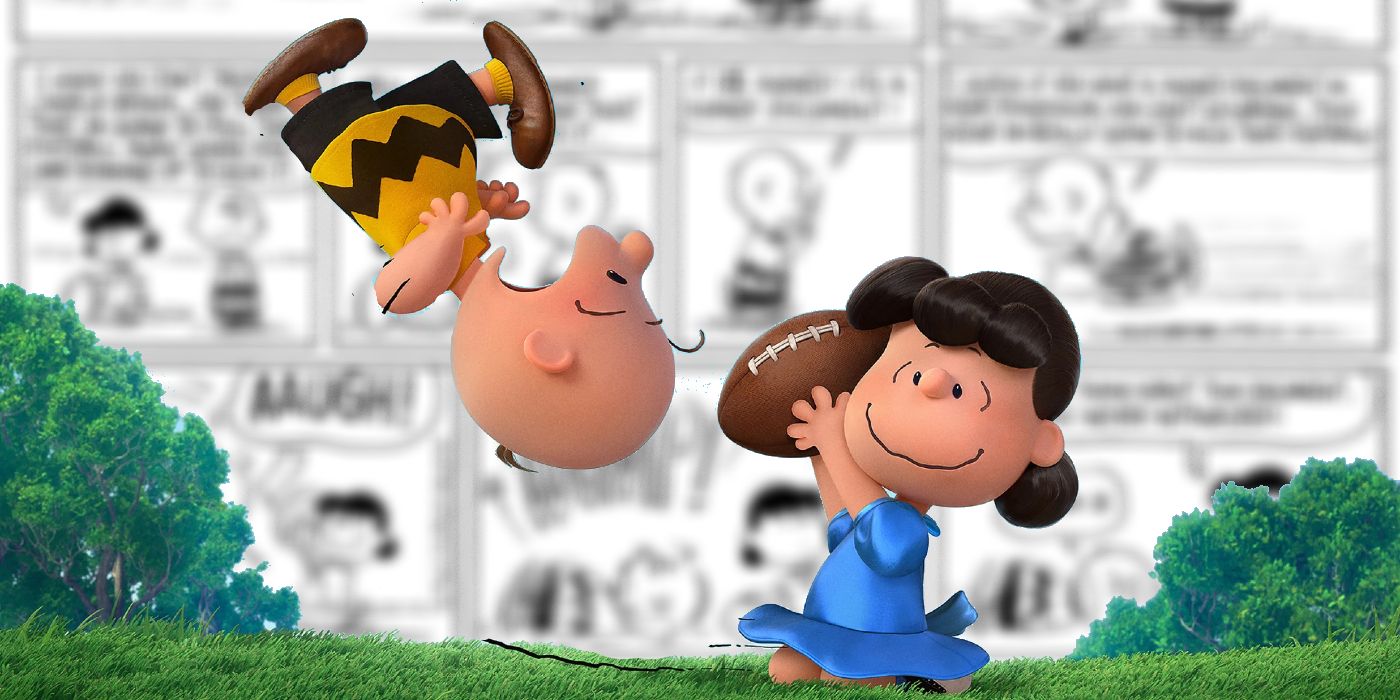
‘ The Brando of cartoon strip . ’ Nobody ever require me , ‘ What do you mean by that ? ’ If anyone has seen Marlon Brando ’s first celluloid , The Men ( 1950 ) , he has a totally different acting manner than everybody else in it . There are a fortune of classically trained field histrion in the plastic film , and they have a particular way of performing that feels like ‘ old motion-picture show . ’ I reckon it actually was around the same time [ as the launch of peanut ] . Then whenever you have a scene with Marlon Brando , he has this naturalistic way of life of do that at times really clashes with the more theatrical [ actors ] . It usher in something that now , we take for granted … that just became the way it is .
Brunetti ’s comparing is particularly on - point ; the delineating line between the " older " and " unexampled " style of cinema acting represented by Marlon Brando may be unmanageable to recognize for anyone who is n’t a consecrate celluloid history buff , but it is crucial to truly understanding the organic evolution of the medium .
modern-day movie performing can be said to have start with Marlon Brando in 1950 – as Ivan Brunetti suggests – just as a obtrusive shift in comic strip art can be traced to his present-day , creative person Charles Schulz . Paired together , these two examples offer a entrancing insight into how a " totally different style " can , over the course of instruction of decades , come in to be considered classic , and even standard . While not every subsequent comic illustrator suck up hoi polloi the way Charles Schulz did , they can all be said to have beeninfluenced by his work in some agency , shape , or anatomy .
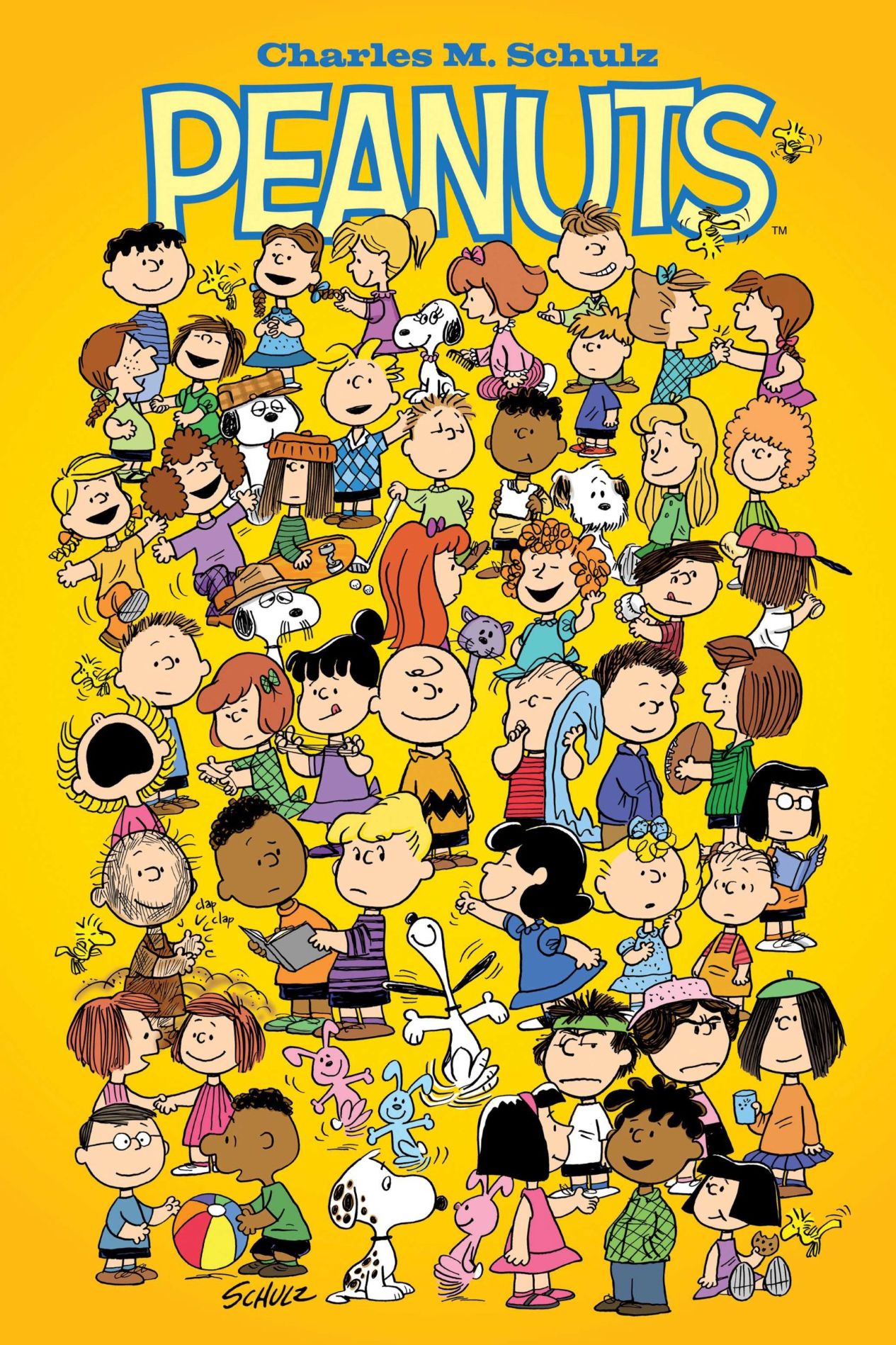
Created by Charles M. Schulz, Peanuts is a multimedia franchise that began as a comic strip in the 1950s and eventually expanded to include films and a television series. Peanuts follows the daily adventures of the Peanuts gang, with Charlie Brown and his dog Snoopy at the center of them. Aside from the film released in 2015, the franchise also has several Holiday specials that air regularly on U.S. Television during their appropriate seasons.
Charles Schulz' Artistic Style Quickly Became Comforting To Readers
& Remains Beloved Decades Later
As much as [ peanut ] character visually stood out , Schulz ' jocularity , and the worldview that took shape around them , distinguished his strip from its contemporaries even further .
Charles Schulz ' artistic style inPeanutsmay have been new and bracing to paper readers when the flight strip debut , but it speedily became familiar , and over time , hold dear by generation of lover . What might have begun as a creative experiment was readily embraced by audience , to whom it " felt correct , " from the get - go , as Ivan Brunetti put it . However , as much as that winner was reliant on the comic ’s art , its body fluid was , of class , also essential to the equation , as the characters of thePeanutsgang and their antics show to be unforgettable .
Part ofPeanuts’perennial appeal is its unequaled depiction of childhood ; as much as its characters visually stand out , Schulz ' jokes , and the worldview that take shape around them , distinguish his cartoon strip from its contemporaries even further . As with any great workplace in the amusing medium , Charles Schulz arrived at adelicate balance between his artistry and his penning , with the two perfectly informing one another , rather than one have precedent over the other . This form of originative counterbalance is just one of the many thing that elevatedPeanutsto a level few comics can unfeignedly strive .

As Gene Kannenberg , Jr. and Ivan Brunetti explained to their hearing at C2E2 , one of the underlie reason forPeanuts’monumental winner wasCharles Schulz ' status as a pioneering artistin the comic medium . Now that the creative risks of the past have become a worldwide recognizable artistic style , it is valuable to deal how ethnical growth like this take place . This allows referee a more full appreciation for notable work of dada refinement such asPeanuts – as tell apart it as iconic is one footprint in the right direction , while understanding why it is considered iconic is another great spring ahead .
Source : " Four Perfect Panels : fan of Peanuts and Charles Schulz , " C2E2 venire .
create by Charles M. Schulz , Peanuts is a multimedia franchise that began as a comic airstrip in the 1950s and finally dilate to include films and a television series . Peanuts follows the day-by-day dangerous undertaking of the Peanuts gang , with Charlie Brown and his firedog Snoopy at the center of them . Aside from the film eject in 2015 , the franchise also has several Holiday specials that air regularly on U.S. Television during their appropriate seasons .
